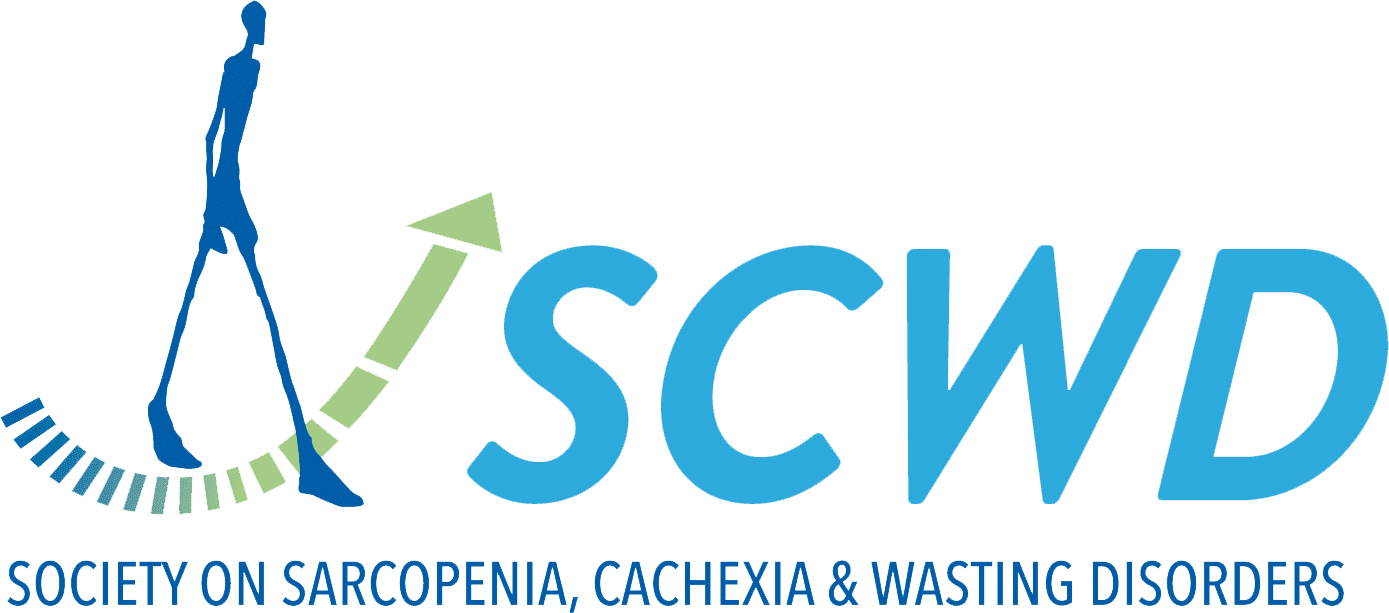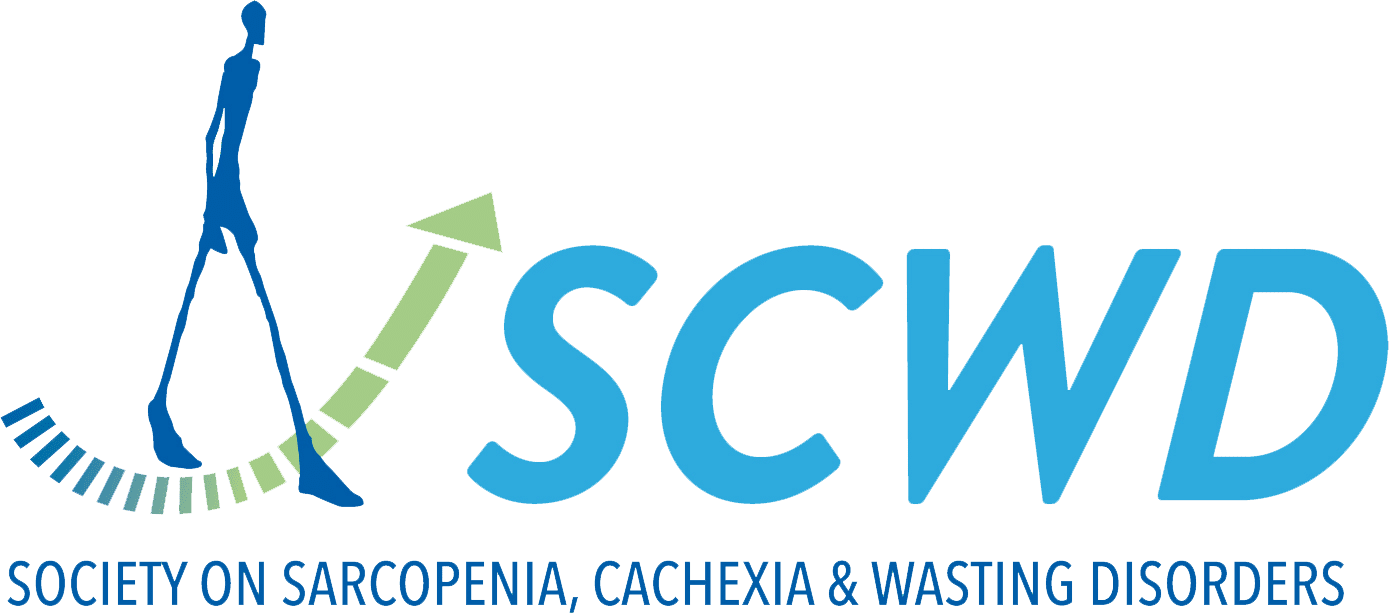Ageing Signatures and Disturbed Muscle Regeneration in Muscle Proteome of Inclusion Body Myositis.
Inclusion body myositis (IBM) is the most common acquired myopathy in adults over the age of 50 years, characterised by inflammatory and degenerative features that lead to progressive muscle weakness and physical disability for lack of effective therapies. The complex interplay between inflammatory and degenerative processes, occurring seemingly simultaneously, presents a challenge to systematically dissect disease pathology and discover novel therapeutic targets.
To identify proteomic IBM disease signatures and upstream regulators of disease processes in an unbiased manner, we performed high-resolution iTRAQ-labelled mass spectrometry on whole muscle lysates of 28 IBM patients and 28 control individuals. Validation experiments were carried out by conducting immunohistochemical (IHC) stainings on KDM5A and myogenin using control and IBM patient muscle tissue sections.
Human myoblasts were used to study involvement of KDM5A, a selected candidate-upstream regulator, in IBM pathomechanisms in vitro. A total of 627 significantly differentially expressed proteins were found in IBM patients compared to control individuals.
The proteomics dataset strongly reflected inflammatory signatures, dysregulations in cellular energy metabolism and altered myogenesis in IBM muscle. Identification of upstream regulators of IBM pathology yielded KDM5A as the top activated and RB1 as the top inhibited upstream regulator.
KDM5A, a histone demethylase involved in transcription regulation and (myogenic) differentiation, interacts with RB1 and interconnects core IBM disease signatures in patient muscle tissue. IHC stainings on muscle tissue showed increased presence of myogenin-positive myonuclei (p < 0.0001).
KDM5A levels were increased in these myogenin-positive myonuclei in IBM patient muscle tissue compared to healthy controls (p < 0.0001). In vitro differentiation of myoblasts showed gradual KDM5A downregulation throughout myogenic differentiation, confirming presence in immature myoblasts and low levels in more mature myotubes.
Proof-of-concept pharmacological inhibition of KDM5A with ryuvidine showed a significant effect on amyloid precursor protein (APP) abundance (p = 0.0003) and aggregation (p = 0.0132) in a conditional IBM-mimicking inflammatory model. This unbiased proteomics study reflects known core features of IBM pathomechanisms while simultaneously providing novel insights into the proteomic landscape of IBM, most notably dysregulation of metabolic pathways and failure of myogenesis.
The identification and exploration of KDM5A as a potential upstream driver of disease pathology could interconnect failure of myogenic differentiation with (known) disease processes in IBM and provides a target for future study and therapy.


